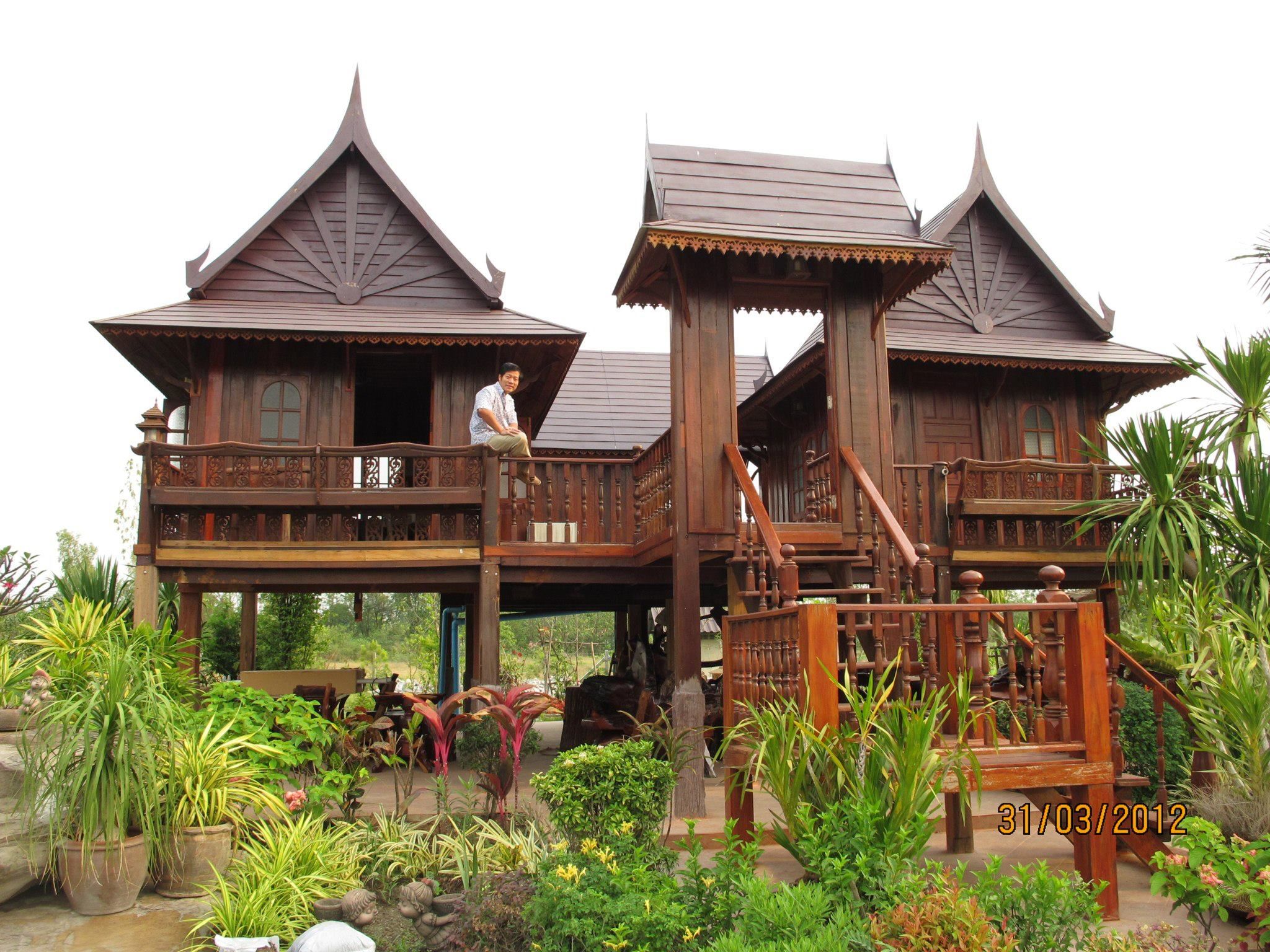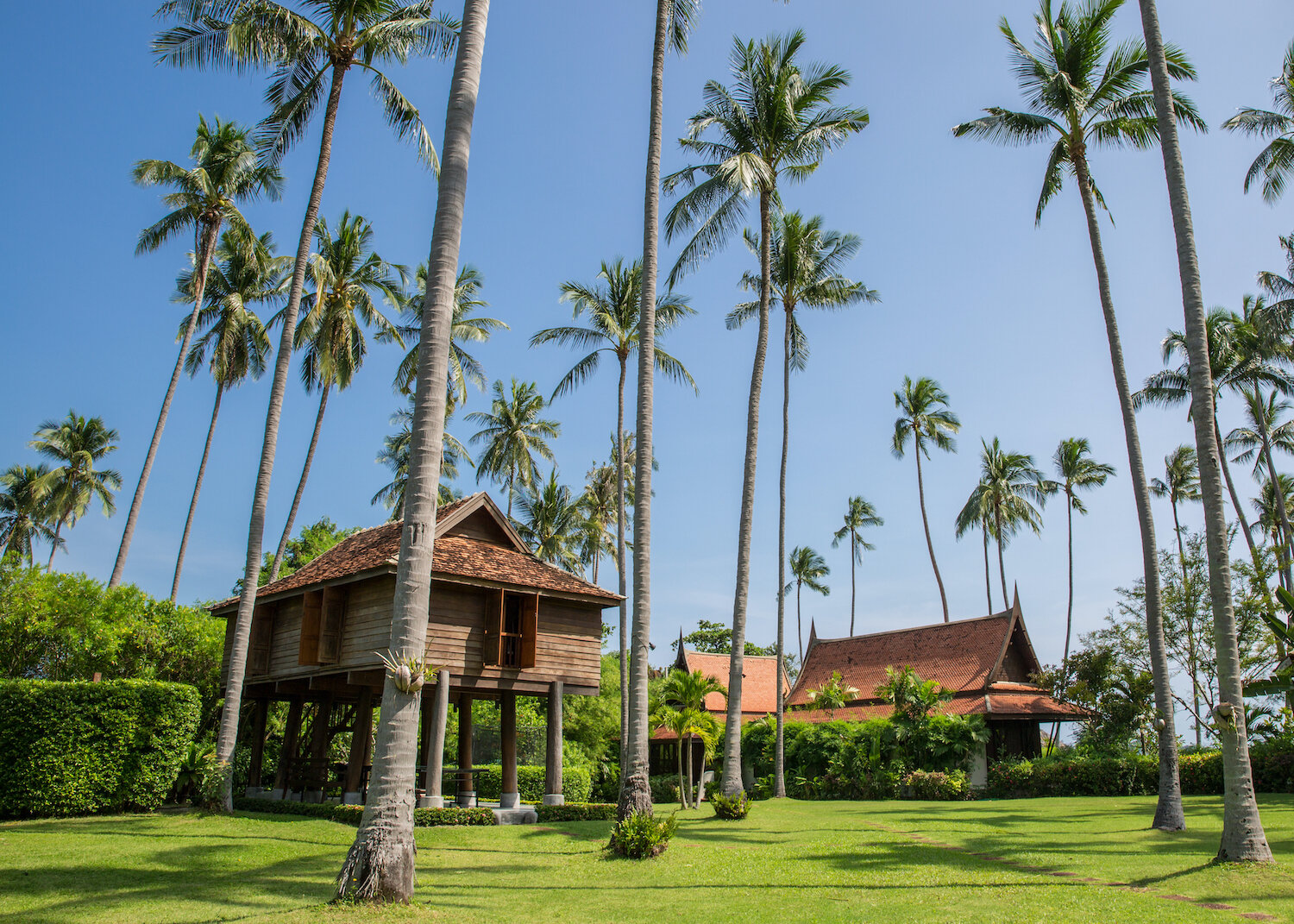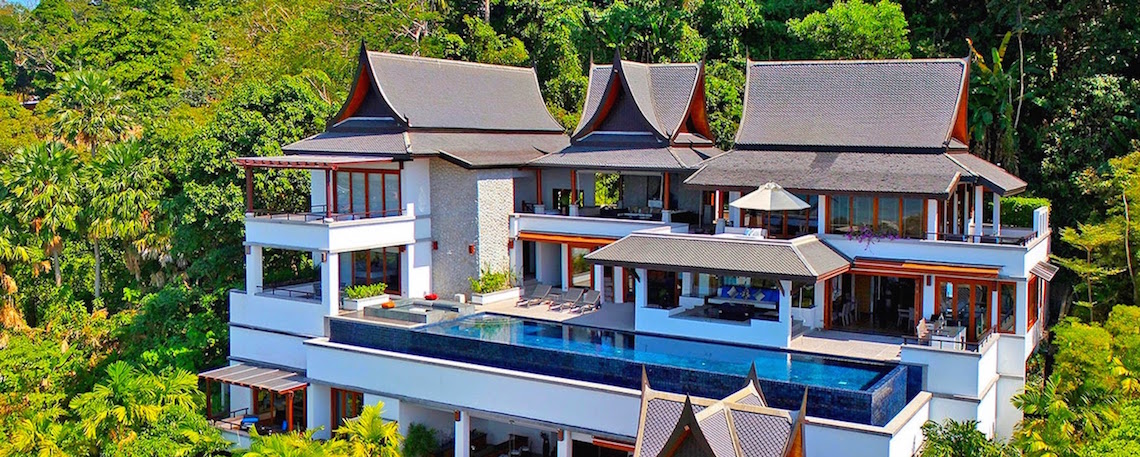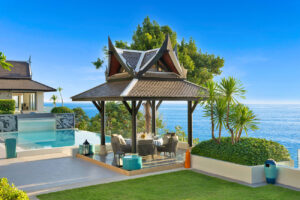When it comes to Asian architecture, one of the most distinct and recognizable is Thai architecture. With design elements and details that reflect the country’s culture and traditional beliefs, Thai homes and buildings represent its rich cultural legacy.
The 3 Ancient Principles
When building a Thai home, there are 3 ancient principles that must be put into place. These are material preparation, construction, and dwelling.
Because superstition plays a large, if not the largest, aspect of home building, several details and rituals need to take place during the construction of a Thai home. Thai people believe that the house is the first line of defense against supernatural beings, such as ghosts and evil spirits. As such, the traditional Thai home is specifically designed to ward off these feared beings, as well as to protect the dwellers from possible intrusions of nature.

Material preparation includes taking into consideration the site and location of the house, the smell of the soil, as well as the trees that are planted. Before, during, and after the construction process, several rituals must take place. One of these is a ritual performed by a person of acknowledged spiritual power, who performs a “blessing” when the first column is put up. Dwelling includes the proper behavior of occupants upon entering and living in the home when the house is ready to be occupied.
Modern Thai architecture perfectly combines traditional elements with Western architectural ideologies. Although many contemporary Thai homes around the country, particularly private luxury villas in Phuket and luxury villas in Koh Samui that are available for rental today, provide modern amenities, they always base their entire concept around making the home sacred, with a deep respect for culture and religion.

Stilt Houses
One universal aspect of Thai homes around the country is the elevation of buildings on stilts. Though many modern homes use this design element for aesthetic purposes, it is actually based on superstitious and religious beliefs.
Because of the country’s often extreme weather, many areas of Thailand are prone to flooding. Many ancient homes were located near rivers and springs, and when heavy rainfall would occur, water would reach the homes and make them unlivable. To fix this problem, homes were elevated.
The area beneath the houses is also used to store livestock and produce and to serve as a daytime lounging area during the hot summer climate. The elevation of houses is also believed to keep the occupants from supernatural creatures that can creep in at night when people are sleeping.
Another common feature of Thai homes is the great number of windows and doors. While elevation keeps the house safe from water, large windows provide the home with good air circulation during the hot months.
The sala Thai is another distinct and well-known feature of Thai homes. It is an open pavilion used as a place for people to gather, and to protect them from the sun and rain when lounging outdoors.
Thai-Style Luxury Villas
When planning to visit Thailand, luxury villas and home rentals are a great alternative to modern hotels. These types of accommodation provide the perfect opportunity to experience a truly genuine Thai experience. With more privacy and helping you achieve a settled-in feeling, you can experience the beautiful country whether you’re out in nature or inside your Thai villa. Villa Yang Som in Phuket is a perfect example of a villa with modern Thai-style architecture, while you can find Villa Sairee in Koh Samui, an intricate traditional Thai-style villa embraced in opulence.






